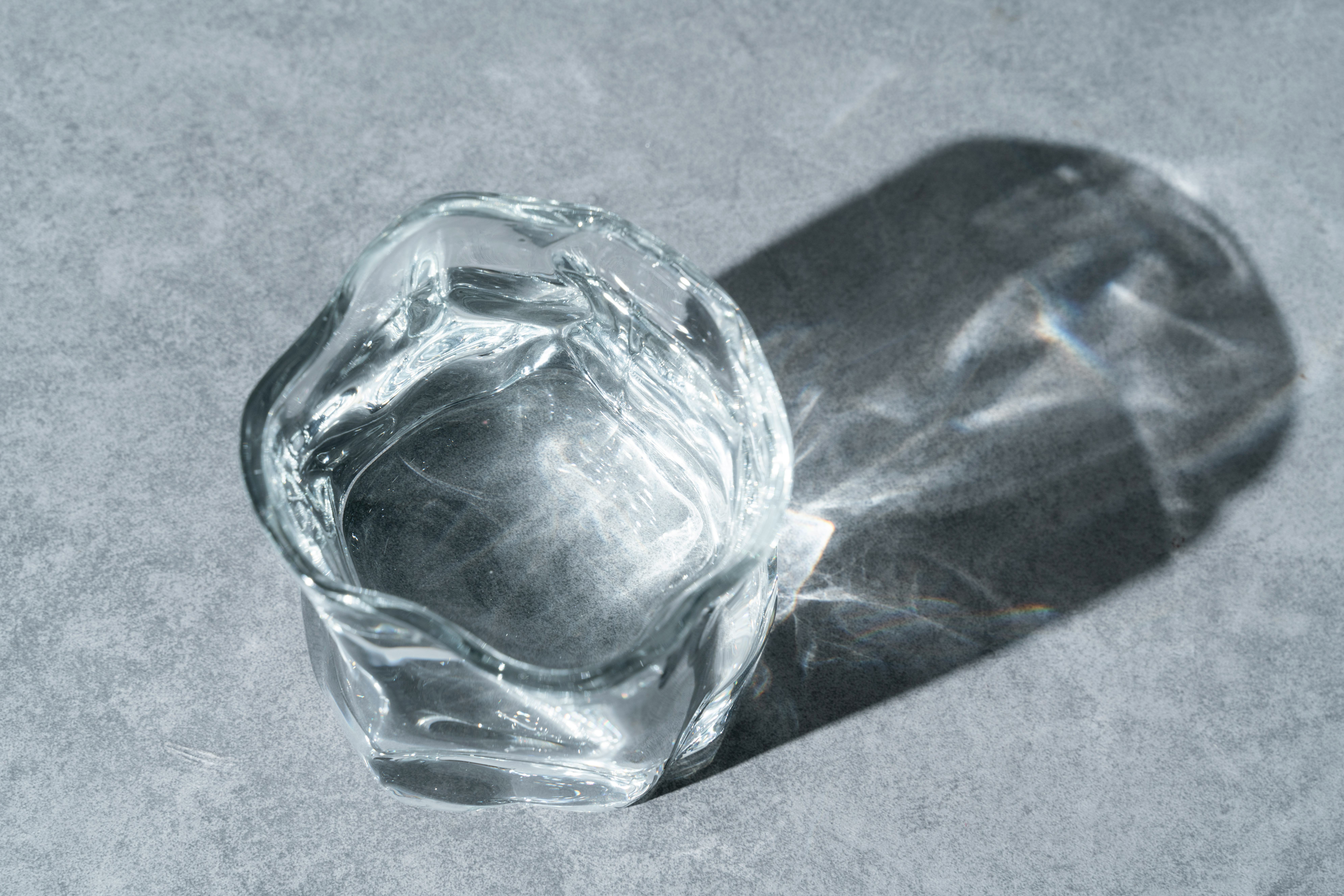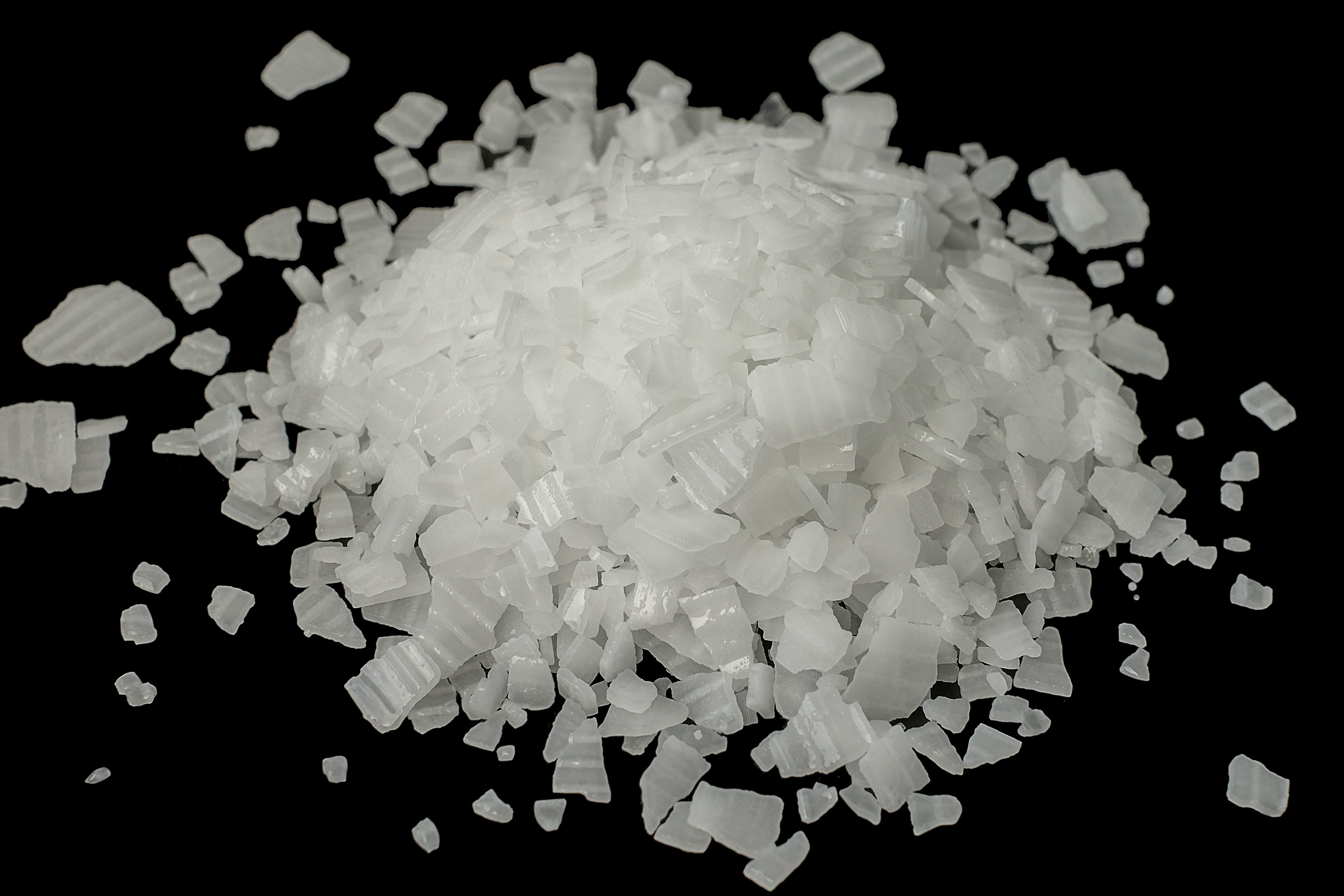
A growing pile of studies now suggests that PFAS chemicals — known to scientists as per- and polyfluoroalkyl substances and everyone else as “forever chemicals” — are wreaking havoc on both human health and our surrounding ecosystems. This is a huge problem since experts haven’t yet figured out how to actually get rid of them.
But we may have gotten a bit closer to a solution. Scientists have discovered a promising new approach to degrade a certain type of PFAS thanks to a cheap and simple chemical reaction, according to a new study published in Science. It involves two relatively safe, widely used solvents: sodium hydroxide or lye, which is used to make soap, and dimethyl sulfoxide, which is used to treat bladder pain syndrome.

What’s new — The study tackles a major gap in PFAS treatment methods. Most current techniques, such as actived carbon treatment and reverse osmosis, are pretty expensive and energy-intensive. These require heat of up to 400 degrees Celsius and loads of pressure.
“Even just a tiny, tiny amount of PFAS causes negative health effects, and it does not break down. We can’t just wait out this problem,” William Dichtel, a lead study author and chemist at Northwestern University, said in a press release. “We wanted to use chemistry to address this problem and create a solution that the world can use. It’s exciting because of how simple — yet unrecognized — our solution is.”
Here’s the background — PFAS are a group of over 12,000 chemicals used in everyday objects and cosmetics, usually to make them waterproof or non-stick: Think waterproof mascara or raincoats, Teflon non-stick pans, and take-out boxes.
Although they’ve come in handy for the last eighty years, they’re nearly indestructible once they seep into the environment. In fact, PFAS have contaminated everything from drinking water to livestock and agricultural products — and they’ve even found their way into your pizza.
Overall, about 50,000 tons of PFAS are released into the atmosphere annually. These chemicals have even seeped into the rain in Tibet and Antarctica, according to research published earlier this month. They’re also found in the water supply of over 200 million Americans.

Chronic exposure can harm human and animal health: Research has linked PFAS to thyroid disease, cancer, and immune system disorders. They’re so dangerous that the U.S. Environmental Protection Agency has noted PFAS shouldn’t ever be found in drinking water, even in the tiniest amounts.
That’s why experts have been wracking their brains for ways to degrade and dispose of these pesky chemicals. Hemp plants, which can soak up contaminants from soil, may prove helpful in the future. But it isn’t yet clear how useful this technique, along with several others currently in development, is on a large scale.
What they did — In the new study, chemists from the University of California, Los Angeles, and Northwestern University found a relatively simple fix to break down one of the largest groups of these indestructible chemicals — 10 of the perfluorocarboxylic acids in the PFAS class.
By heating water to just 176 to 248 degrees Fahrenheit and adding dimethyl sulfoxide and sodium hydroxide, the PFAS substances are rendered harmless in a matter of hours.
Dichtel compares the reaction to a guillotine that chops off the chemical’s molecular “head” — some types of PFAS molecules have heads made of a carbon atom connected to a pair of oxygen atoms, which is what the chemical reaction nibbles at, breaking it off from its chemical “tail.”

Afterward, only inorganic fluoride ion particles remain. These are the safest form of fluorine, and the particles are often added to drinking water for healthy teeth. It also leaves harmless carbon dioxide and formic acid, which can be found in nature already.
The researchers also ran quantum mechanic simulations to better understand the chemical reaction and its possible outcomes (quantum mechanics is the mathematical method used to simulate chemistry).
Dichtel’s team concluded that perfluorooctanoic acid (PFOA) can be completely degraded, and massive amounts of water can likely be treated simultaneously.
Why it matters — More research will reveal how this could work on a broader scale, Dichtel notes, but it could eventually be applied to most PFAS with similar compositions at water treatment plants.
“Our work addressed one of the largest classes of PFAS, including many we are most concerned about,” said Dichtel. “There are other classes that don’t have the same Achilles’ heel, but each one will have its own weakness. If we can identify it, then we know how to activate it to destroy it.”

What’s next — This method shows major potential, but since it currently only works on some types of PFAS in certain settings, it doesn’t necessarily “eliminate” PFAS or “solve” the problem, says Arlene Blum, a biophysical chemist and executive director of the Green Science Policy Institute who was not involved in the study.
Since the environment is already rife with PFAS pollution, the process would have to be applied to oceans, lakes, and rivers to actually be the game-changer the researchers tout, and “this is a ludicrous thought,” says Terrence Collins, an unaffiliated researcher and director of the Institute for Green Science at Carnegie Mellon University.
The only way to prevent additional contamination: We need to halt PFAS production, once and for all. “Using language that suggests you have a powerful solution when you don't is like giving the manufacturers a get-out-of-jail-free card when our civilization has to stop making forever chemicals, period,” he says.







